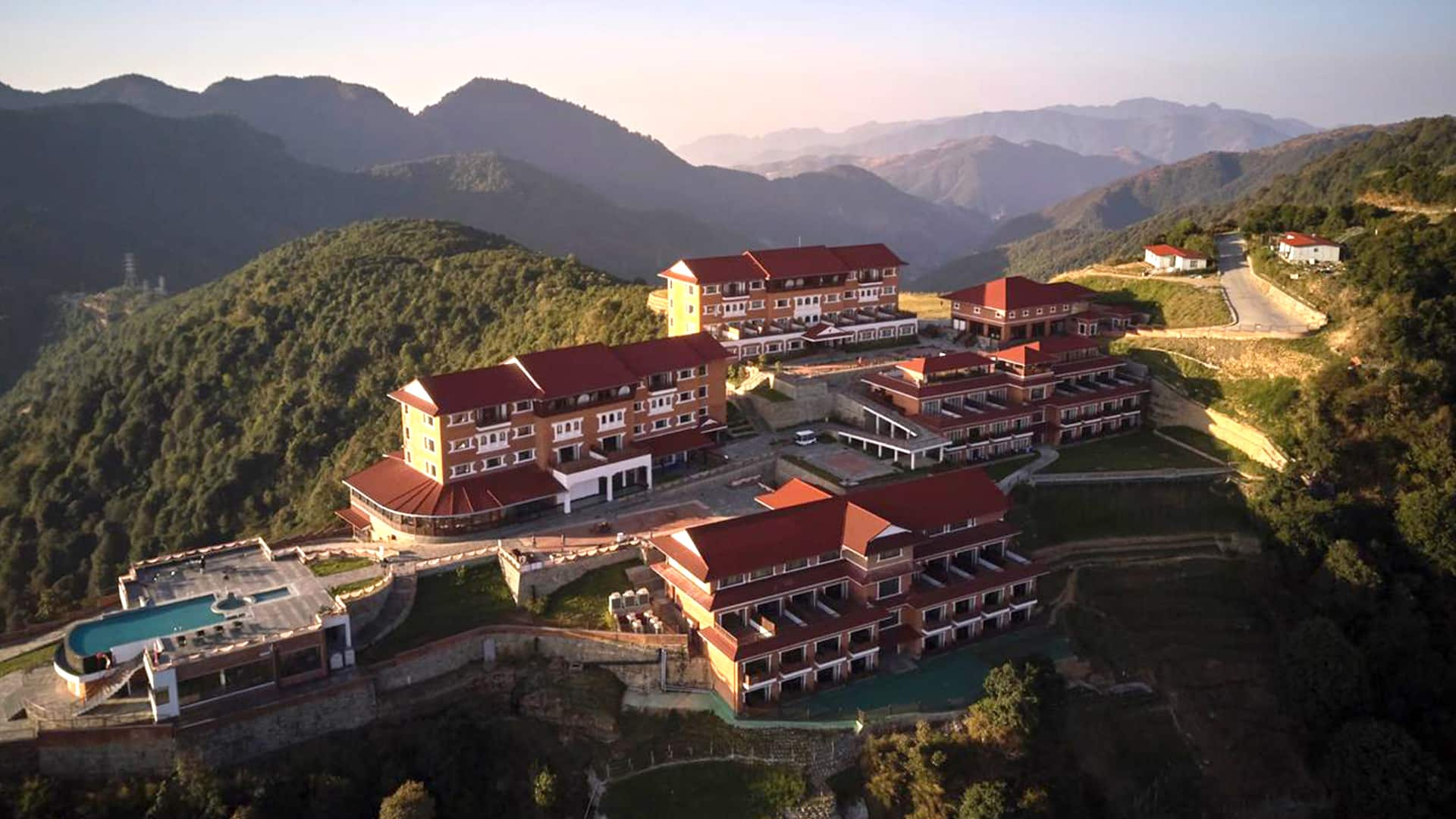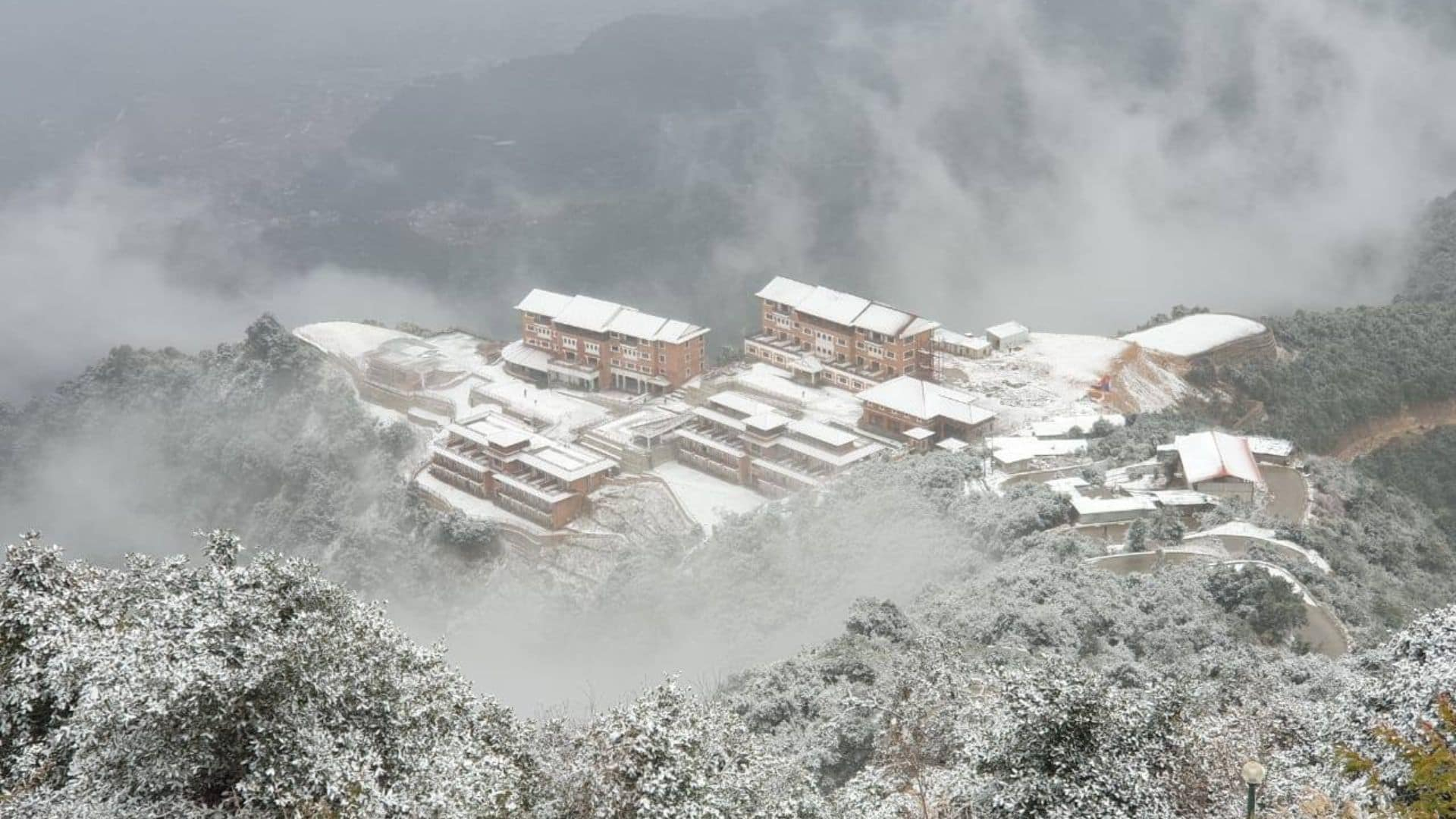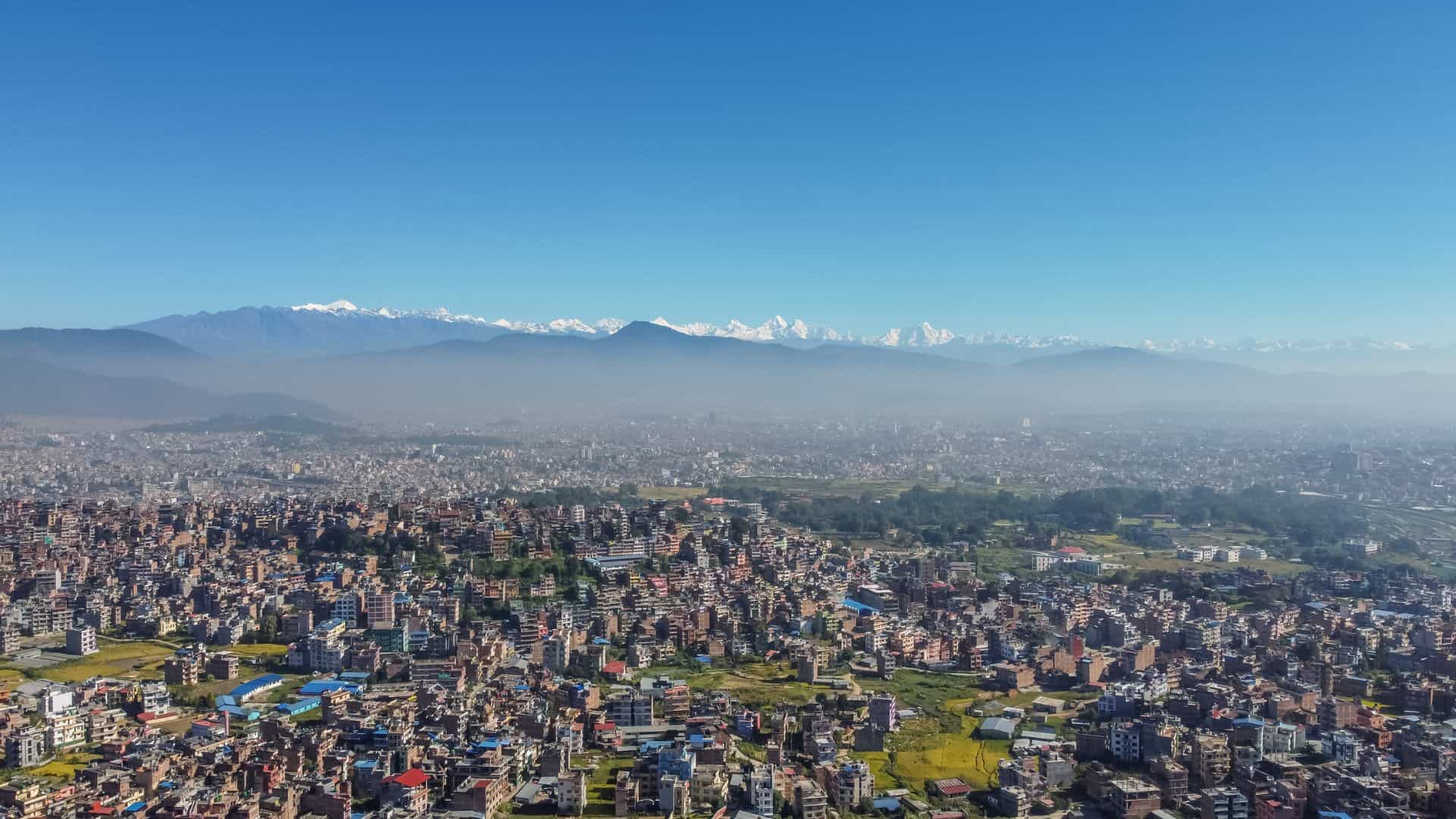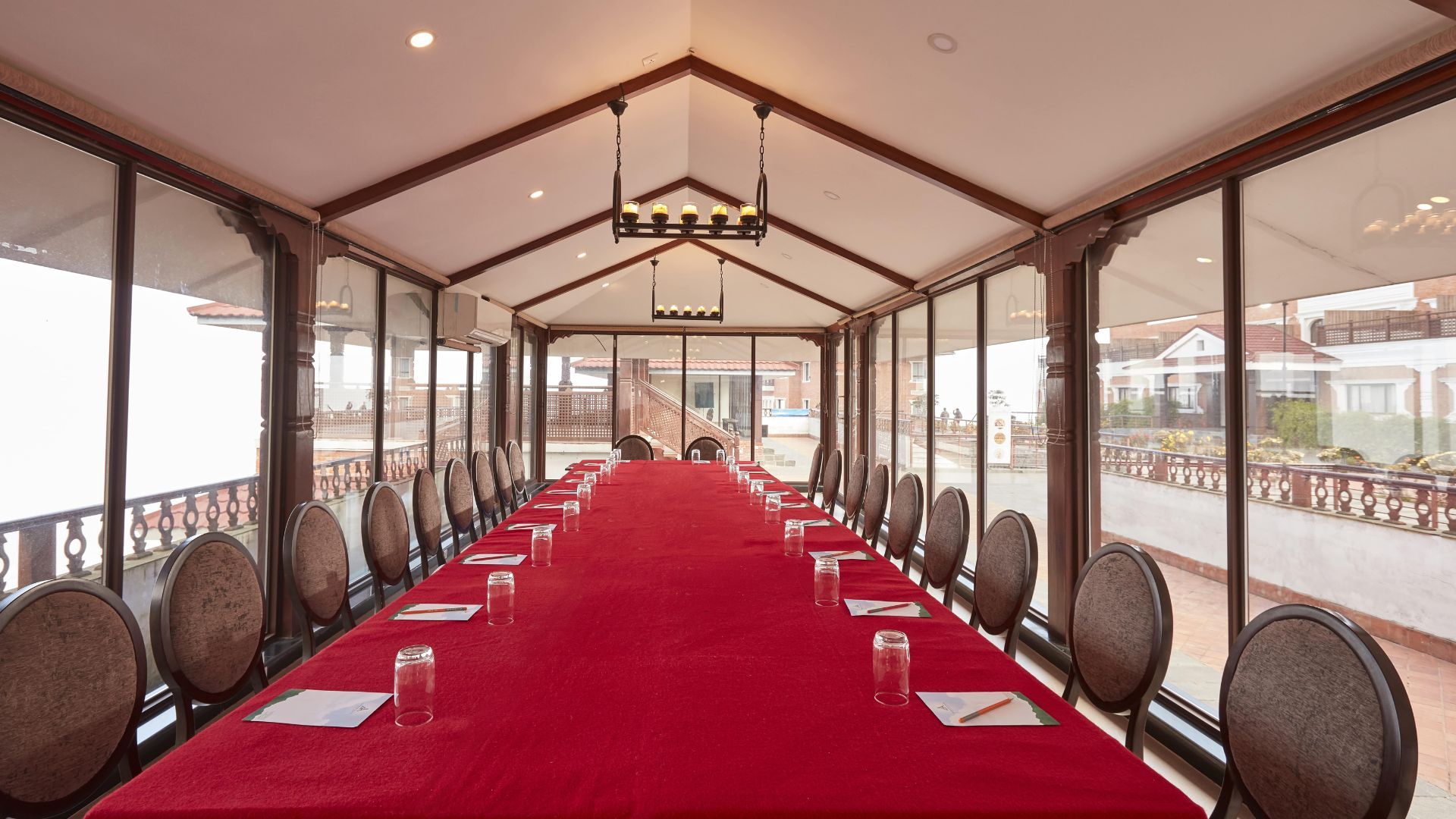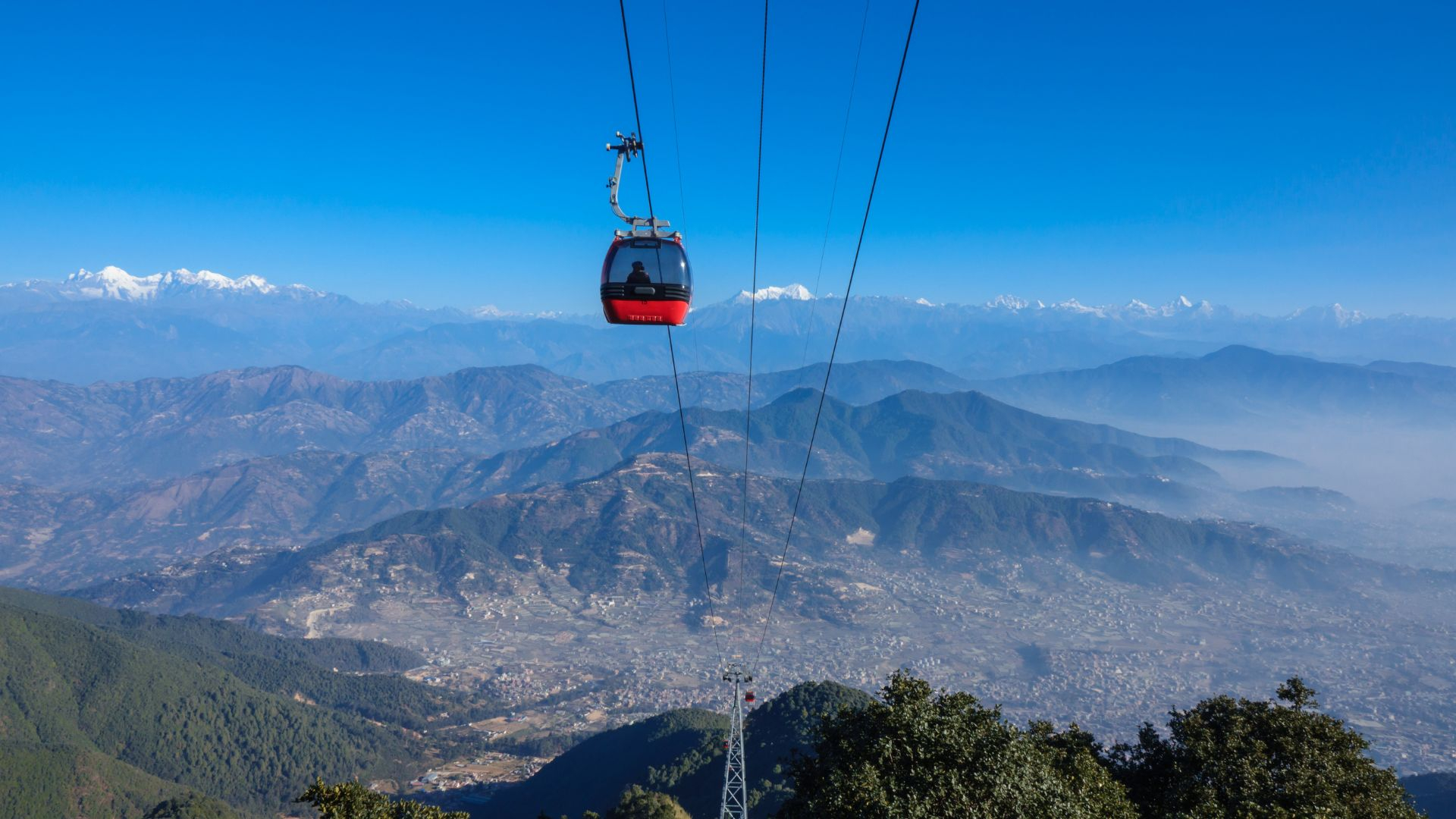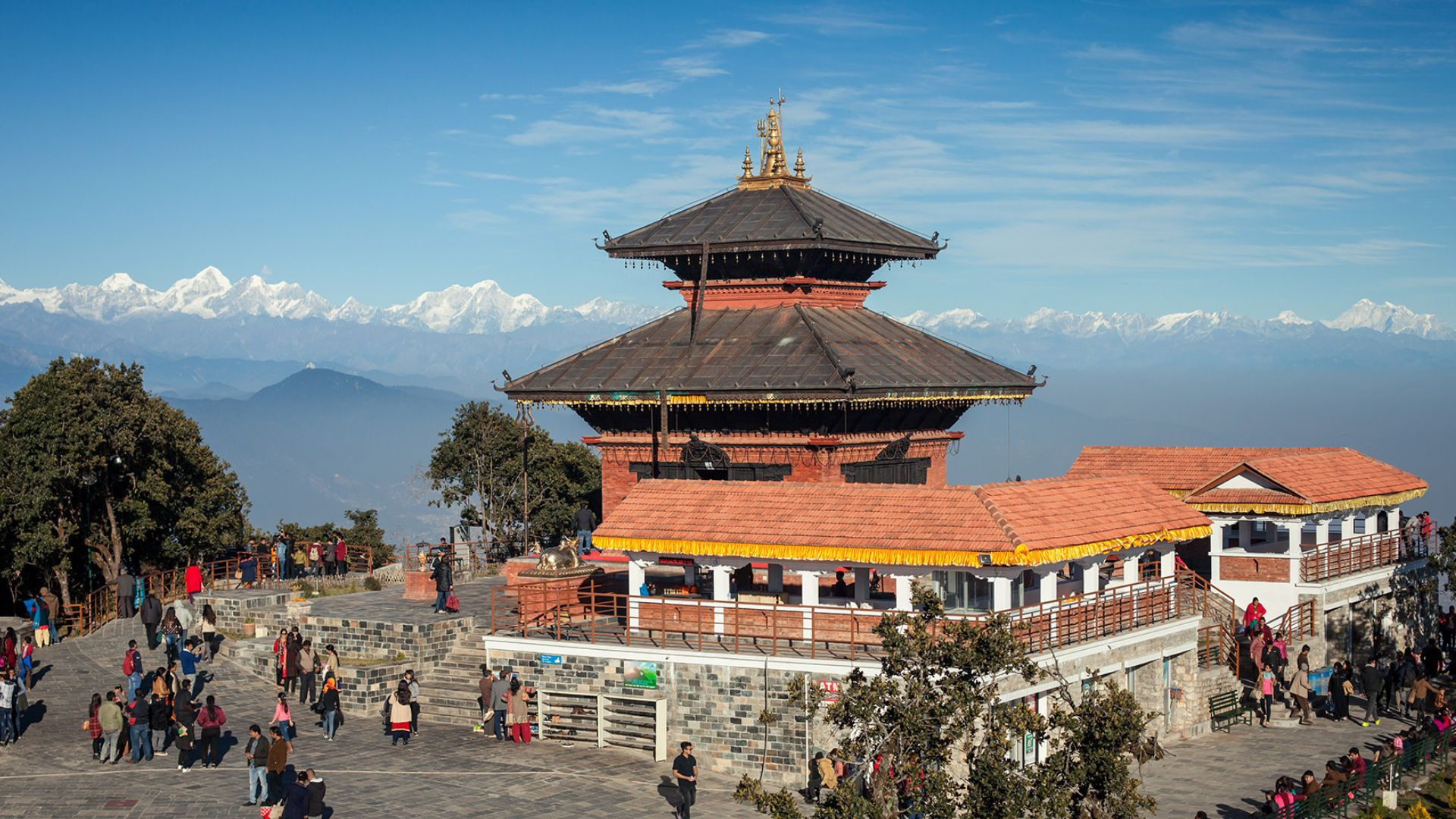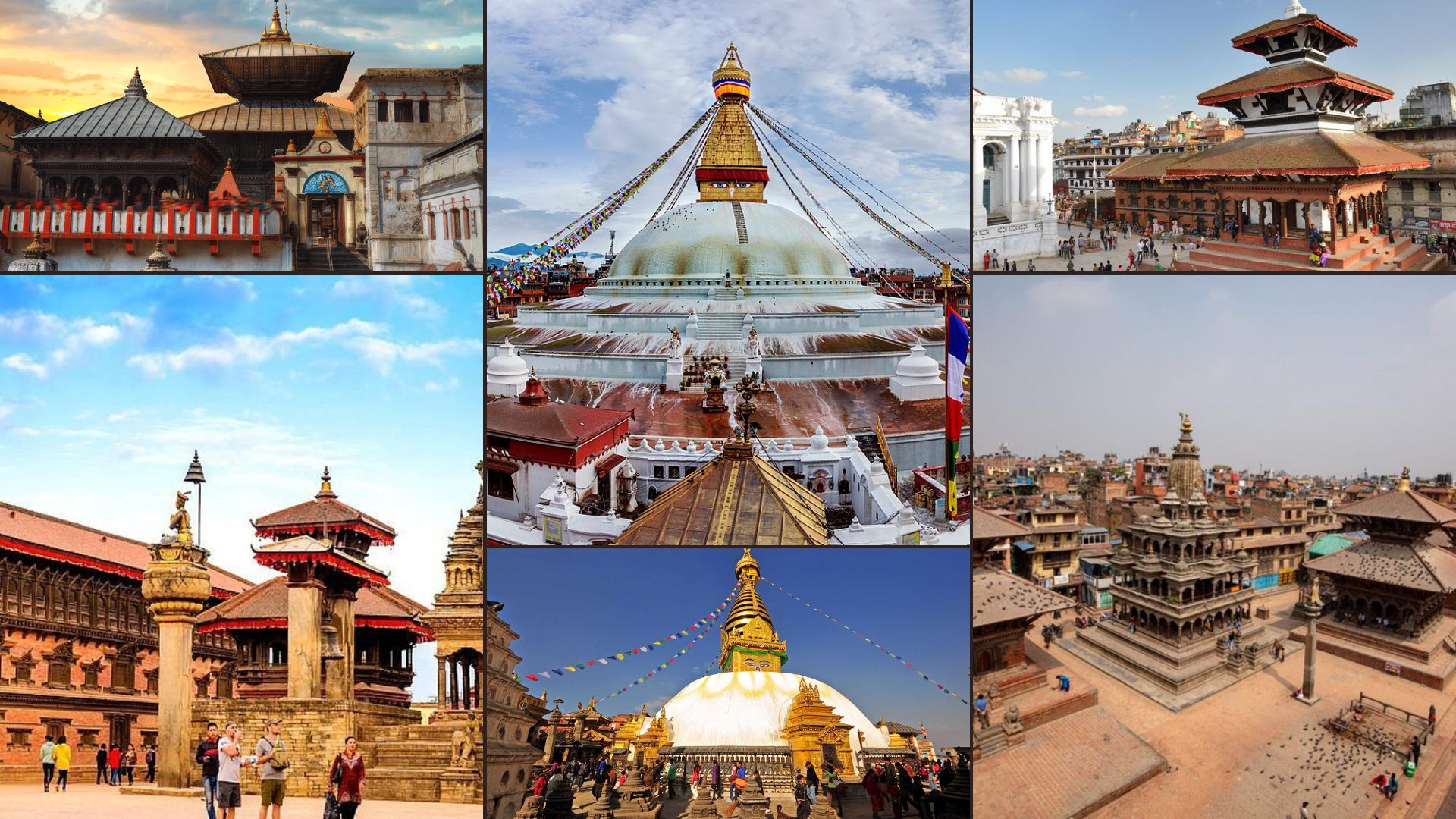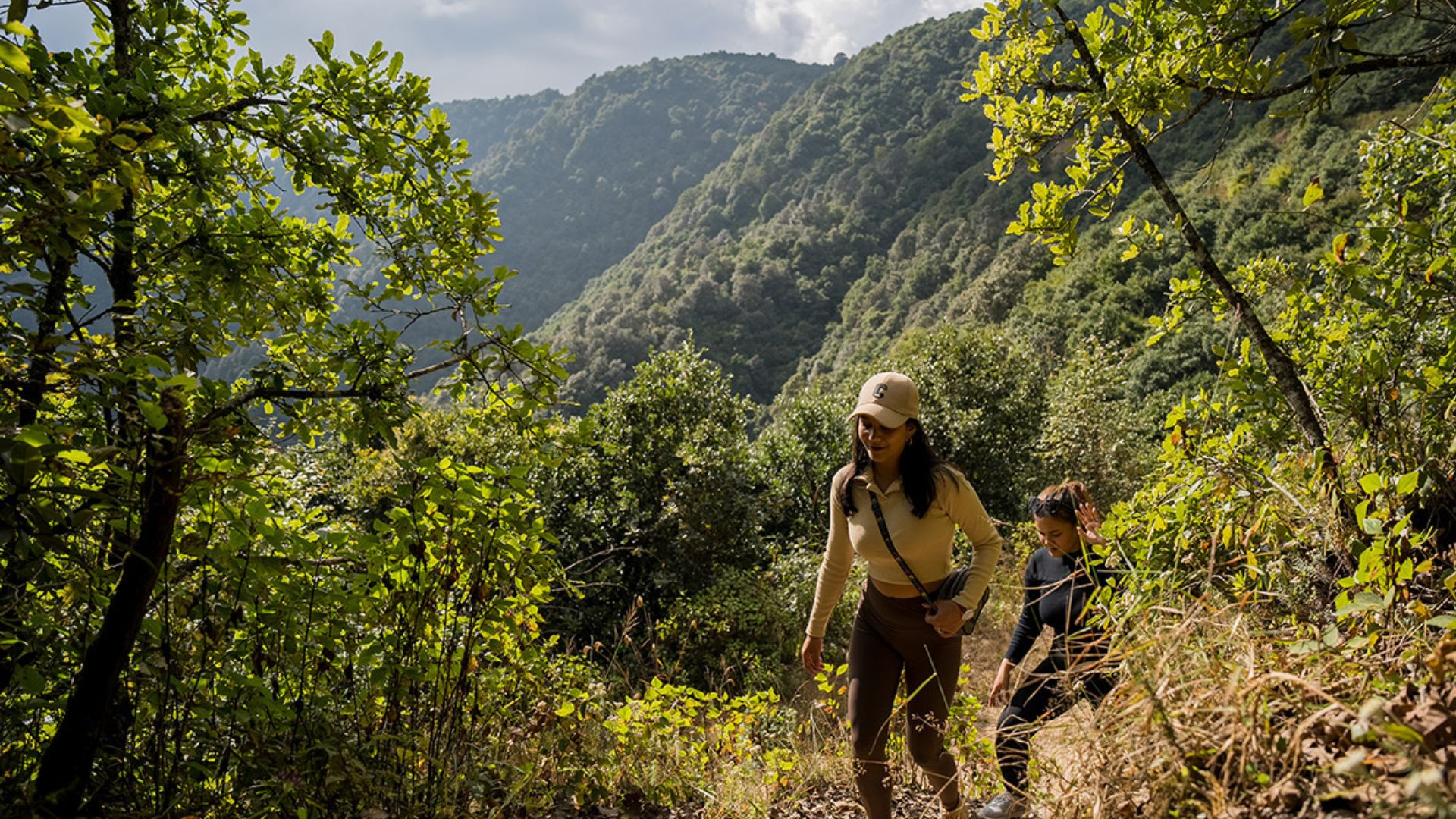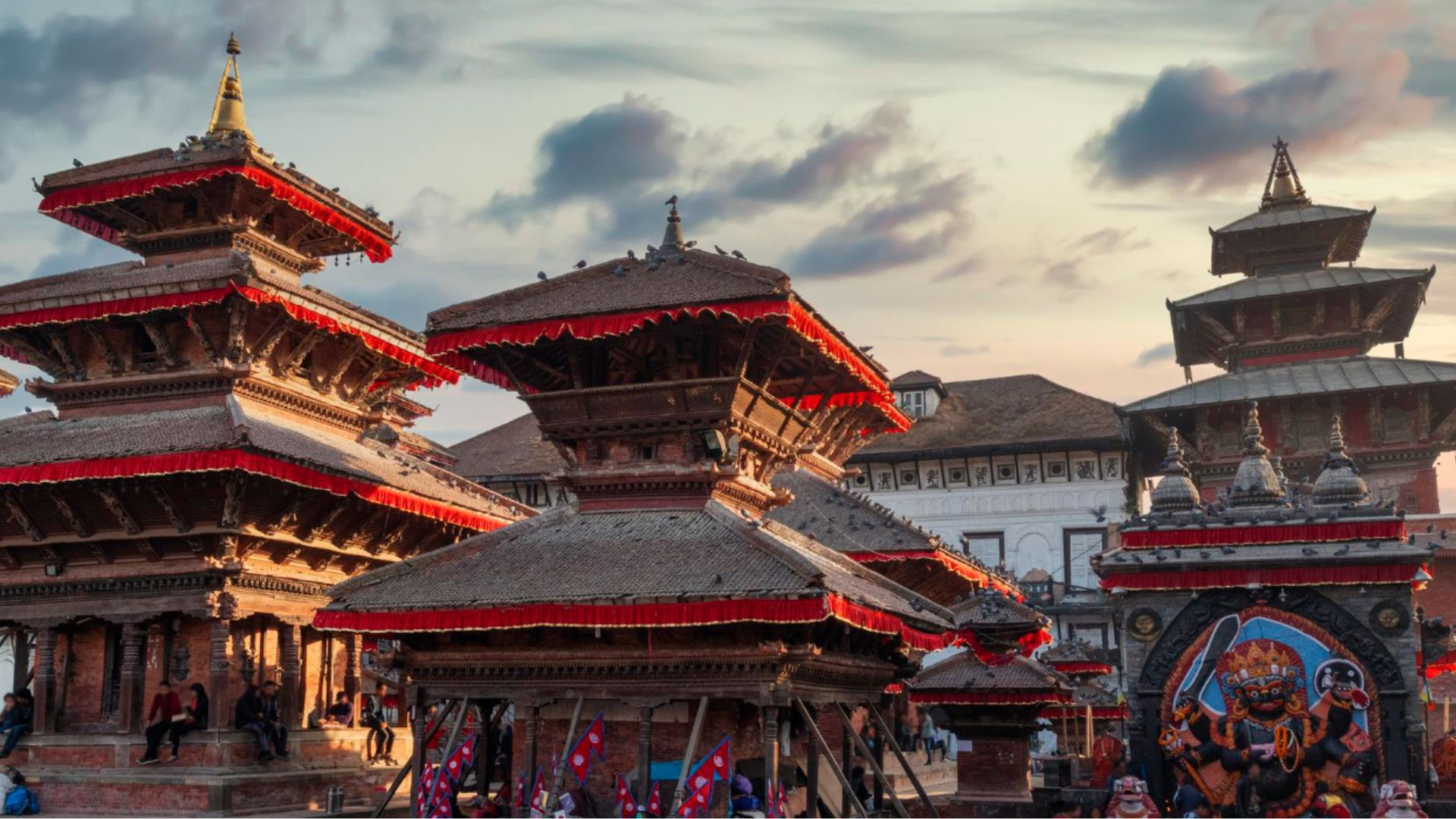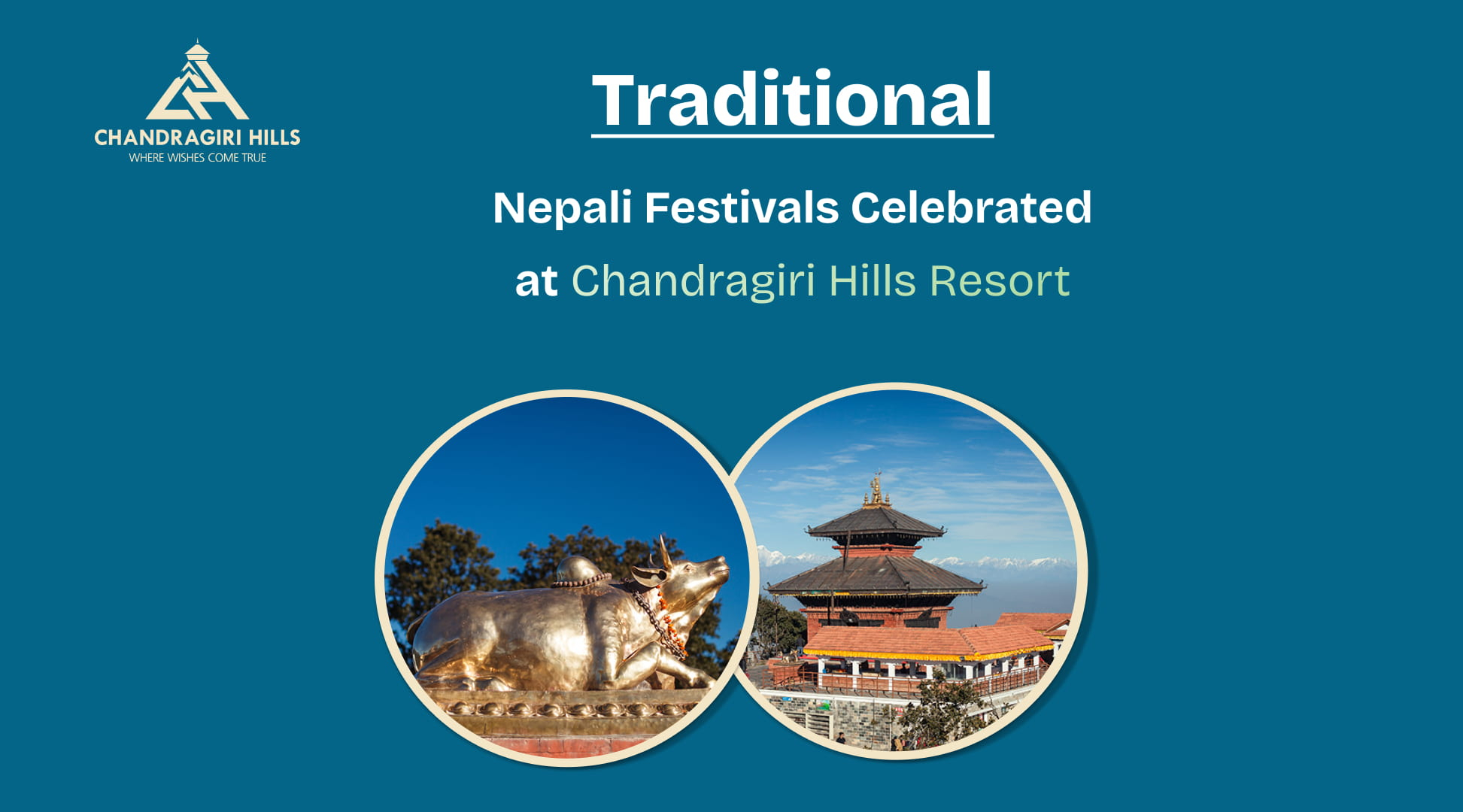
Traditional Nepali Festivals Celebrated at Chandragiri Hills
January 2, 2025
Chandragiri Hills, located on the southwestern edge of the Kathmandu Valley, is home to beautiful natural spots and vibrant cultural heritage, where traditional Nepali festivals are celebrated with great enthusiasm. This celebration has become one of the very rare chances to experience rich heritage, combined with breathtaking Himalayan and Kathmandu Valley views. The following section will showcase some of the major traditional festivals celebrated in Chandragiri Hills:
1. Dashain: The Festival of Triumph
Dashain or Vijaya Dashami is one of the biggest and most important Hindu festival in Nepal, celebrated with great enthusiasm at Chandragiri Hills. It usually falls in September or October and is a symbol of the victory of good over evil, marking the triumph of the goddess Durga over the buffalo demon Mahishasura.
It’s in Dashain that the families collectively worship their ancestors and gods, and most people pour into temples seeking blessings. This place, Chandragiri Hills, also becomes an important focal point for its devotees. The Bhaleshwor Mahadev Temple in this area, dedicated to Lord Shiva, also draws a lot of pilgrims with prayers and rituals. Happiness is in the air among the family that comes to celebrate together in sharing special dishes traditional for the time and indulging in cultural activities.
From whole towns in vibrant processions, delicious local food smells, and a feeling of festivity in the atmosphere, to panoramic views right from the top of this hill, add to this beauty of celebration that always keeps it memorable.
2. Tihar: The Festival of Lights
Tihar, also popularly known as Deepawali or Yama Panchak, is another major festival in Nepal celebrated with great excitement at Chandragiri Hills. This five-day celebration normally falls in the month of October or November and is dedicated to various animals and deities.
Every day of Tihar holds significance:
Kag Tihar:
The first day is related to crows-a day when they are fed as a mark of respect.
Kukur Tihar:
Dogs are worshiped as faithful animals and companions on the second day.
Gai Tihar:
The third day is utilized to worship cows, considering them as sacred animals.
Laxmi Puja:
Goddess Laxmi is worshiped on the fourth day, and people light up their houses to invite prosperity into their lives with lights and different rangoli.
Bhai Tika:
The love between brothers and sisters is rejoiced on this last day.
In Chandragiri Hills, colored decorations, traditional music playing, and traditional dances are manifestations of Nepali culture. The family gathers together to light oil lamps and candles, which is simply a wonderful sight against the night sky. Special events at the time of Tihar are often held within the resort so that guests can join in local customs and festivities.
3. Holi: The Festival of Colors
Holi, in the month of March, is the festival of colors and joy. This flowery festival in Nepal marks the beginning of spring and is related to love and togetherness. In Chandragiri Hills, Holi is celebrated with great vigor by playing with colored powders or gulal and water.
It’s a whirlpool of colors, melodious songs, and fluid rhythms. Foreigners and tourists join the color fights, indulge in sweetened mouthfuls with traditional ‘gujiyas’, as a ritual of keeping in high spirits. The scenic beauty of Chandragiri Hills at this place creates breathtaking sights to keep those moments right under the carpet of a green lawn or standing high at the top of mountain tips.
Many local cultural programs are organized at Chandragiri Hills Resort on Holi, including a variety of traditional dances and songs which reflect Nepali heritage. In this way, it would be a great opportunity to indulge in the local culture while having a fun-filled day.
4. Shivaratri: A Night of Devotion
Pivotal for the Hindus, Shivaratri, or the Night of Shiva, is a festival in honor and memory of Lord Shiva. It usually falls in February or March and sees night-long vigils in temples across Nepal.
The night-long prayer and rituals offered by the devotees make Bhaleshwor Mahadev Temple on Chandragiri Hills a sight to watch. People chant hymns, and the whole night proceeds with spiritual activities within the temple. Besides, visitors can behold some mesmerizing ceremonies that define the devotion to Lord Shiva.
Coupled with the serene environment of Chandragiri Hills, it gives Shivaratri a very different charm altogether. Be part of meditation sessions or let serenity be your guide into profound states for self-introspection amidst spiritual journeys.
5. Maghe Sankranti: Welcoming Longer Days
Maghe Sankranti falls in mid-January and heralds the winter time, meaning the days now start becoming longer. For farmers, this is one of the most important festivals since it symbolizes the end of winter and the beginning of harvest time.
People prepare for the traditional food on Maghe Sankranti: sesame seeds, molasses, yam, and other seasonal delicacies, at Chandragiri Hills. Families come together in feasts and pray for a good harvest. These typical foods can be savored by visitors due to their cultural importance in Nepali tradition. The festive spirit makes it an attractive atmosphere for tourists who would like to experience Nepalese traditions at their best.
Conclusion
Chandragiri Hills also offer a great backdrop for celebrating traditional Nepali festivals, which are part of the rich cultural heritage of the country. Each festival in Nepal offers unique experiences that allow visitors to connect with local customs while enjoying stunning views of nature.
Be it playing colorful Holi, seeking blessings at Bhaleshwor Mahadev Temple during Dashain or Shivaratri; every moment at Chandragiri Hills in these respective months promises memories that shall last forever. And so, plan your visit accordingly and join the vibrancy in Nepalese culture!
